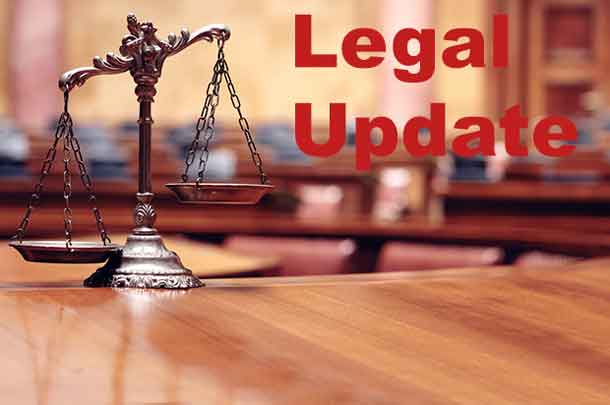Everyone goes to the hospital expecting to feel better, but there are no guarantees that it will happen. Not getting the expected results may not be sufficient grounds for filing a medical malpractice lawsuit. However, if there is evidence to show that a hospital, doctors, or the staff in a healthcare facility were negligent in their conduct, thus resulting in your harm, you may have a right to compensation for damages.
This is known as medical negligence or malpractice. Those undergoing a tumultuous time can seek the aid of attorney Russell Berkowitz of Berkowitz Hanna Malpractice & Injury Lawyers to better navigate the legal waters of the case. Either way, this guide sheds light on damages in medical malpractice cases and can be an excellent read if you intend to pursue a claim.
What Are the Damages in Medical Malpractice Claims?
The best place to start understanding what kinds of damages medical malpractice results in is to understand the general definition of damages under Connecticut tort law.
The most basic definition is compensation awarded to a victim of harm resulting from another person’s negligence with the goal of returning the injured party to as close to their pre-injury self as possible.
There are two major types of damages: compensatory and punitive damages
Compensatory Damages
Compensatory damages address the losses suffered, falling into economic and non-economic categories.
Economic damages are monetary losses and expenses resulting from the malpractice and subsequent injuries, such as hospital bills, cost of prescription medication, cost of living aids, lost wages, etc. Calculating economic damages is relatively simple, as you only need documents such as receipts, invoices, bank statements, and employment records to prove them.
Non-economic damages refer to intangible losses such as pain and suffering, disfigurement, disability, loss of life enjoyment, emotional distress, and more. This damage forms the bulk of compensable damages and is often arrived at using a multiplier against economic damages. A per diem formula is also applicable, but it is rarely used.
Punitive Damages
Punitive damages do not address losses. Instead, they are applied as punishment for gross negligence, wanton disregard for the safety of patients, and intentionally causing harm.
The standard of proof required to recover punitive damages can be pretty high, and most lawyers will avoid that route unless the violations and intentional tort are obvious, for example, where the facility involved has been found criminally guilty of a violation.
There are limitations to what you can recover in Connecticut as punitive damages. The law limits your recovery to the cost of litigation, meaning it could only save you from having the lawyer get their cut from your settlement.
How Much I Can Expect in A Medical Malpractice Claim?
The potential value of medical malpractice claims is a significant consideration when deciding to sue or not to sue. As a layperson, estimating the cost of your claim may be out of your purview, so you should consult a personal injury lawyer for a case evaluation.
Most personal injury lawyers offer a free initial consultation, which helps them make a rough evaluation of your case to decide whether or not it is worth moving forward with a lawsuit. Sometimes, the initial consultation will not be sufficient to give you the exact figure, but you could get a rough estimate.
It is also important to note that you can get more than one opinion before determining whether it’s worth pursuing a claim. Should a lawyer advise you to go ahead, you still do not have to worry about the cost of litigation because, in most cases, you will not have to pay until they win your case and you recover compensation.
Conclusion
Medical malpractice cases demand careful consideration and legal expertise. Understanding the types of damages—compensatory and punitive—is essential to evaluating your claim’s potential value. Consulting a skilled personal injury attorney ensures you navigate the complexities with confidence, aiming for fair compensation for your losses. With the right guidance, you can pursue justice and work toward recovery from the harm caused.







